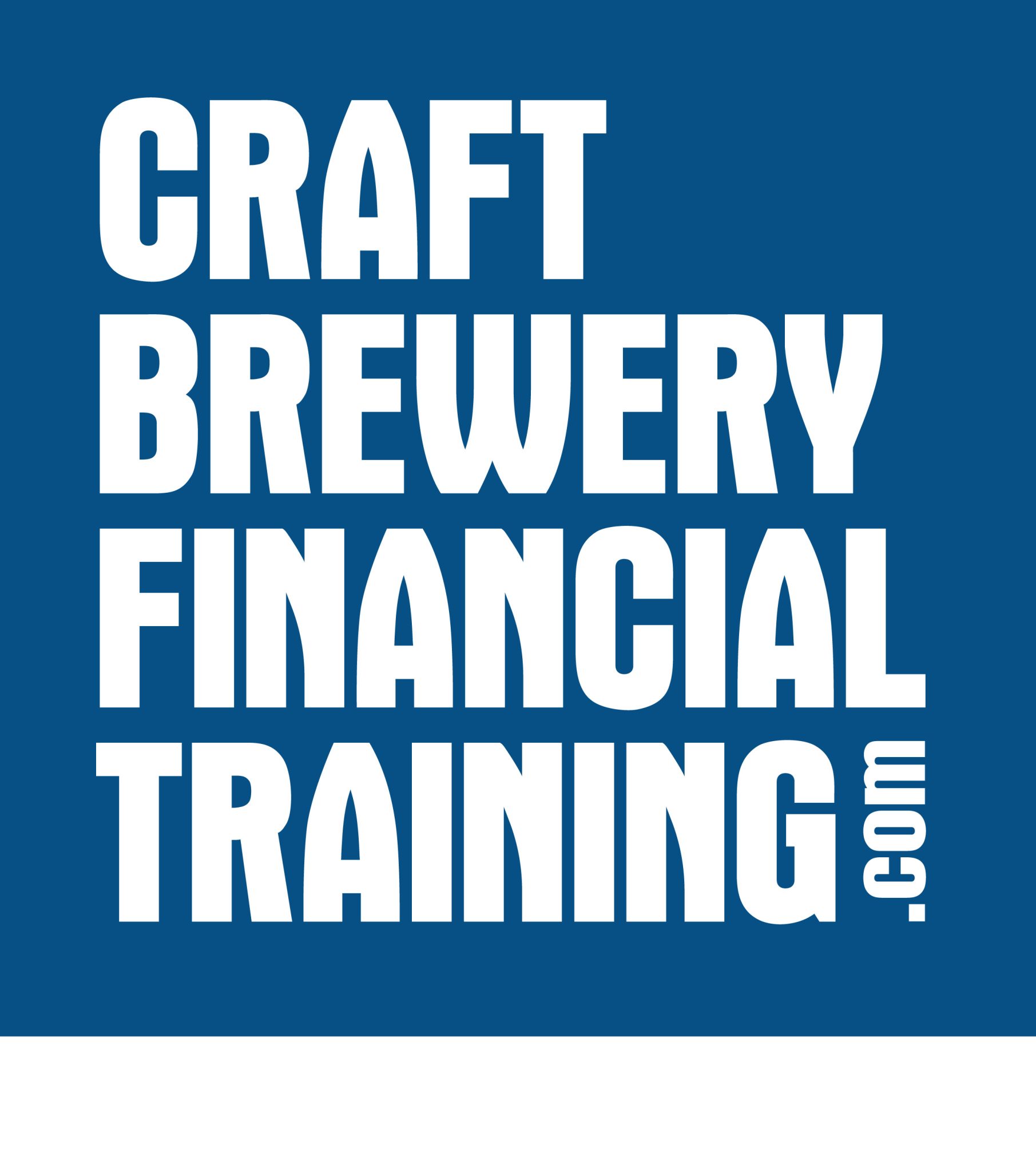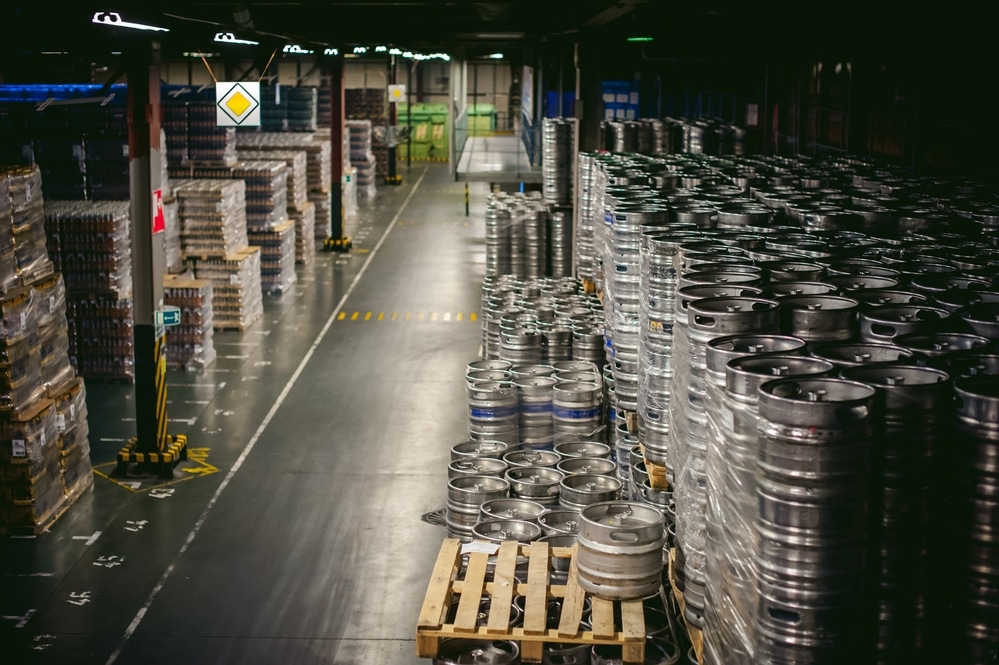This is Part Two of a two-part series on Deconstructing Beer Self-Distribution. Please check out Part One before reading this one.
These articles were originally featured on Brewbound.com. They are re-printed here for your reading enjoyment.
Define the Account universe
When Night Shift Brewing first explored self-distribution, they looked at the market and determined how many accounts they could deliver. They wanted to determine where it would be feasible to distribute their own product. They began by making an account list.
Many distribution businesses start the same way, and ask similar questions: How many licensed accounts are in the market? Where are they? Who are the contact people?
Fortunately, each state liquor control board maintains a list of all licensed retail accounts which provides answers to these questions. To find this information, do an internet search for your state’s liquor board and navigate to licensee information lookup. This listing will define the account universe of customers available for self-distribution.
In addition to listing of licensed accounts, the state website may have license status (active, pending, suspended), type of license, address, and contact information. This is useful data to build the account universe for a self-distribution business.
The retail market is generally split into two categories – on premise and off premise. On premise accounts are those bars and restaurants where beer is consumed on site. Off premise accounts are convenience stores and super markets where beer is purchased and brought home to drink. The licensed account listing can be sorted by on/off premise to better analyze the market and create the distribution strategy. For example, if the plan is to self-distribute draft beer only, the listing of on-premise accounts will be useful.
Route building
Once the account universe is defined the delivery routes can be put together. Some basic information will be necessary to get started: number of accounts, delivery days, and delivery time restrictions (some accounts only receive product in a specific time window). This information serves as the raw materials of the route building process.
Retail accounts usually want their delivery on Thursdays or Fridays, as most beer sales occur on these days and over the weekend. Matching up the delivery day with the expected sale helps the retailer improve cash flow. However, it’s obviously not practical for the distributor to make deliveries exclusively on these days. This is where some give and take between retailer and distributor is necessary.
The process of building routes is both art and science. The art is working with accounts and negotiating when the deliveries will be made. The science involves a lot of logistics: getting to the accounts on the proper day and time with an accurate delivery of product.
Route building involves taking the number of accounts to be delivered and estimating the total time to run the routes. Factors to consider:
- Drive time between accounts
- Service time in accounts (product delivery and put-away)
- Sell time while in the account.
This exercise will determine how many hours it will take to run a particular route. With this information, the required number of drivers, trucks and equipment can be determined.
For example, to deliver 100 accounts in a given week the goal is to spread the deliveries as evenly as possible each day – 20 stops on Monday, 20 stops on Tuesday, and so on. This allows for a manageable work week for the delivery drivers and the operation as a whole.
The accounts for each delivery day are then grouped together based their geographical location. This provides for the least amount of drive time, fuel consumption and wear on the trucks.
To determine the length of time it will take to deliver the route, assign each account an estimated drive time, service time and sell time. Additional time may be needed to meet with the store manager or to build a display.
When all the math is done, and account service time is added up, the end result is a good estimate of how long each route will take. With this information, the number of drivers needed to support the self-distribution business can be determined.
Most of the above can be done on a spreadsheet to start. When the operation gets bigger, route accounting software can be a big help to create routes and measure route efficiency.
Craft Brewery Financial Training Members: To get more details and step by step instructions on this topic, Log In to your account and access the Online Courses from the Member Menu.
Not a member yet? Sign up and get instant and unlimited access to Craft Brewery Financial Training online courses, resources and guides.
Cash flow management and Margins
The details involved with building a self-distribution plan are critical to success. However, it’s easy to get lost in the details and lose sight of the most important rule in business: don’t run out of cash.
Self-distribution requires a lot of capital investment and a lot of cash to cover salaries and pay the bills. In addition to the obvious need to buy trucks and hire drivers, there are many other aspects of self-distribution which affect cash flow that aren’t so obvious.
The Big 4 of Cash Flow
- Accounts Receivable – Planning for slow pay or no pay accounts
- Inventory – Managing the cash flow spread between inventory purchase and sale
- Capital Expenses – Understanding the equity component to big ticket purchases
- Margins – Calculating the cash to cover operating costs
Accounts Receivable
Retailers do not always pay on time, and sometimes they don’t pay at all. Bad debts are bad for business. Understanding this aspect of self-distribution will help with planning and managing cash flow needs.
“Our very first account never paid us,” says Rob Burns from Night Shift. “With distributors, you get paid 30 days later. That is not true with self-distribution.”
In addition to the risks of not getting paid at all, there is the reality of lengthy credit terms and slow paying customers. Depending on the market, and accepted trade practices, retail accounts may have 30 to 60 days to pay for their beer. For a self-distribution brewery, this is lot of money sitting uncollected in accounts receivable. This is cash that’s not in the bank to cover payroll or other cash needs of the brewery.
“When you’re so tight for money, this is tough,” Rob Burns continues. “Not all retailers are in good shape. In Massachusetts, they get 60 days to pay. That’s a lot of freakin’ money. Plus it is awkward to try and sell and then have to collect a check.”
Many distributors ask the salesperson to assist with collecting money at the retail account. This is done to save costs and avoid having a separate collections person. Often, the salesperson has the most direct contact with the account and the strongest relationship. However, it can be uncomfortable to be seen as the ‘bad guy’ collecting money with one hand, while trying to sell next week’s order with the other.
Administrative support is often needed to make sure money gets collected. Account statements need to be generated and sent to retailers, duplicate invoices are often requested, and then there’s the inevitable short-payment that occurs. Disputes with invoices are common, and resolution can be lengthy.
Inventory
The inventory value represents the cost of beer that is made by the brewery. The costs associated with the brewing and packaging process are recorded and counted as the value of inventory. These costs include brewery labor, the cost of ingredients, packaging materials, among other items.
Likewise, if a brewery distributes beer for other craft breweries in addition to its own, the cost of the products – the amount that is purchased – is included in inventory as well.
There is often a difference in time between when cash is paid out for inventory and when cash is received in from the sale of inventory. Understanding this gap in time between cash paid and cash received, is important in cash flow planning. Additional working capital (cash or line of credit) may be needed to finance the purchase of inventory.
Capital Expenses
When you buy a house you have to put down a percentage of the purchase price in cash. This is the equity component of the deal. Banks like to know that you have at least 10% or more of the purchase price. It’s a good indicator as to whether or not you are a deadbeat.
The same is true when purchasing trucks or equipment for the self-distribution business. The brewery will need to put down a percentage of the purchase price as equity. The amount of the equity contribution is typically around 20%. On a truck purchase of $100,000 this works out to $20,000 in cash that is needed to complete the financing.
Planning for the up-front equity contribution is another part of managing cash flow. List out the total amount of capital expenses and take 20%. This is a good estimate of how much cash will be needed to complete the purchases.
Another cash flow consideration is the re-payment of the debt. Continuing the example above, the $100,000 truck purchase will be made by using $20,000 of the brewery cash and $80,000 in bank financing. The bank needs to be paid back with interest. The loan may be for five years at 5% interest, which requires monthly payments of $1,500. A portion of the payment is interest expense, which will show up on your income statement. The other portion of the payment is principal pay down which does not show up on the income statement. This component needs to be accounted for on the cash flow schedule.
Margins
Distributor margin is the difference between the sale price to retailer and the cost of product to the brewery. Margins average 25% to 30% depending on package type (cans, bottles, different sizes) or draft. Package margins are typically lower than draft, as a retailer can make more profit selling draft beer.
For example, a $400 delivery to a retail account would produce $100 to $120 of margin ($400 sale x 25% margin = $100). This is cash that would otherwise go to the traditional distributor, but is now available for the self-distributing brewery.
While an extra 25 or 30 points looks attractive, it needs to be enough to cover the costs of self-distribution, and then some for profitability.
Costs of Self-Distribution
Distributor margin represents the additional cash available to cover the costs of self-distribution. The amount of the costs – people, trucks, equipment, and supplies – will depend on the number of accounts serviced and number of routes that are delivered. Routes and accounts are the cost drivers of a distribution business.
The cost structure of a distribution business is organized into the following departments: sales, delivery, warehouse, and administration. Each department has its own share of expenses and allows for planning and budgeting expected costs.
Salaries for sales, delivery and warehouse personnel usually make up the largest portion of expenses. And with employees come trailing costs, such as benefits, cell phones, uniforms, and payroll taxes. Workers compensation insurance is a significant expense as premiums for delivery drivers can be 10x that of an admin employee.
After payroll and benefits, the lease costs for warehouse, trucks and equipment make up the next largest portion of distribution expenses. These assets also come with trailing costs: fuel for the trucks, utilities for the warehouse, and maintenance and repairs for both.
Hidden Costs of Self-Distribution
“A lot of guys think a distributor is just a delivery agent,” says Rob Burns. “Self-distribution is not just delivery, it’s logistics, route planning, getting paid, inventory management.”
Self-distribution comes with a lot of hidden costs – expense items that may not have been accounted for in the planning stages. These items include pickup and credit for out of code product, providing merchandising service to retailers and draft line cleaning. Costs and responsibilities that normally belong to the traditional distributor now fall to the self-distributing brewery.
Proper inventory management is important for a brewery, but for a distributor it is the life blood of the business. The retailer depends on the distributor to fill the order completely and accurately. Shelf space and cooler space may be set aside for the distributor’s products, but if they aren’t consistently available the space is given to someone else.
“For a while, we were OK with running out of product,” Rob continues. “But it wears on your retail partners. They’re not going to keep that space open for you. That spot in the cooler is the most valuable real estate in the store.”
Out of stocks are orders placed by a retailer that are not filled by the distributor. This is a key measurement of success or failure as a distributor. Proper inventory management is essential to maintaining shelf space and good relations with retail partners.
Succession planning
As previously noted, one of the biggest advantages of self-distribution is the opportunity to create and grow a valuable business that can be sold or passed on to the next generation.
The intangible value of the business lies in the customer base, brand portfolio, and volume of gross profit that the business generates. All of this adds up to an attractive book of business for a neighboring or in-market traditional distributor.
Valuations may be based on a multiple of gross profit, multiple of EBITDA (earnings before interest, taxes, depreciation and amortization), or some other method. Regardless of how value is calculated, if the business has a good brand portfolio, solid customer base, and strong gross profit, it will be a valuable commodity.
The distribution business can also be handed down to the next generation. Traditional distributors have been doing this for decades, as countless family businesses are in their third and fourth generation. The intangible value of the company remains, while the owners benefit from the profit and cash flow the ongoing business can produce.
Putting it all together
The traditional three-tier system is changing. Breweries that once brewed beer and relied on distributors to deliver it, are now self-distributing their own products. The benefits of self-distribution are clear: increased margins, 100% focus on brands, and the opportunity to diversify and build a valuable business.
Night Shift and countless other breweries are distributing their own beer with great success. These breweries provide a model for others to follow.
While self-distribution can be a positive option for breweries there are many issues to consider before diving in. Up-front capital investments in warehouse space, trucks and equipment can be significant. Increases in inventory carrying costs and accounts receivable put a strain on cash flow. New skills are needed to support the logistics, customer service, and administrative aspects of a distribution business.
Looking back, is there anything Rob Burns from Night Shift would have done differently? “Not much,” says Rob. “Just knowing that it’s hard. We just dove in head first. It’s not the right path for everyone.” There are risks and rewards, advantages and disadvantages to self-distribution. Ultimately, the brewery must make the decision about what is best for their brand and their business.




Comments are closed